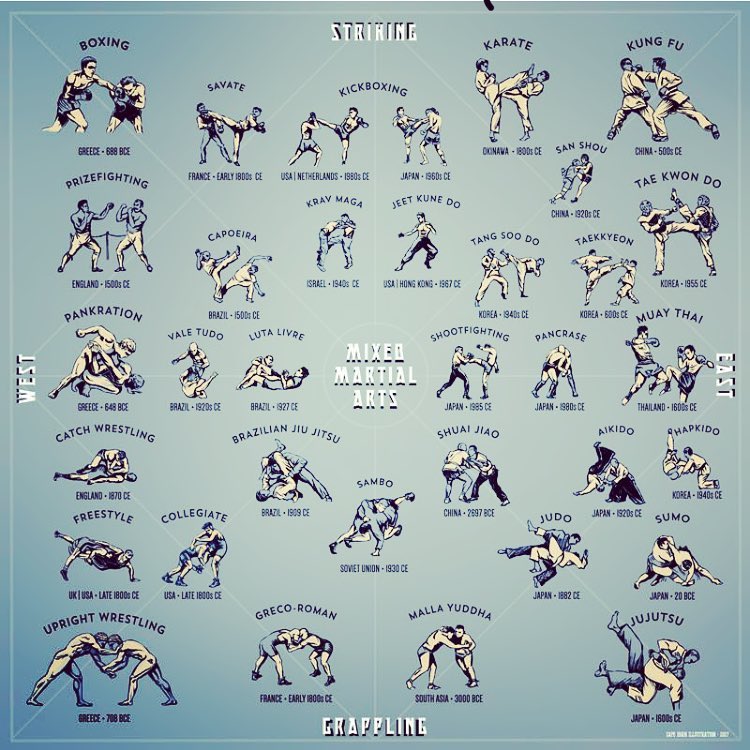The Worldwide History And Change Of Martial Arts
The Worldwide History And Change Of Martial Arts
Blog Article
Web Content Develop By-Hess Fallon
Martial arts have an interesting background that spans centuries and continents. You may find it fascinating how ancient practices like Shuai Jiao and Kalaripayattu laid the groundwork for modern combat techniques. https://santamariatimes.com/news/local/santa-maria-holding-free-self-defense-classes-for-teen-girls/article_9bd63858-91d5-5740-8a3f-18119293216c.html stress physical skills yet likewise mirror the societies that birthed them. As you explore their advancement, consider exactly how globalization has actually changed these traditional types into crossbreed styles. What impacts do you think have formed today's martial arts landscape?
Ancient Martial arts: The Foundations of Battle
As you delve into the world of old martial arts, you'll discover the rich structures that formed combat methods across cultures. Early methods focused on Self-Defense and survival, typically including strikes, hurting, and weaponry.
In ancient China, for instance, strategies like Shuai Jiao highlighted throws and joint locks, while India's Kalaripayattu showcased dexterity and fluid movement. Japanese samurai established Kenjutsu, a polished swordsmanship that highlighted self-control and technique.
These martial arts offered not just for fight but also as a way of personal advancement, instilling worths like regard and perseverance. The blending of these methods over time prepared for the varied martial arts you see today, each mirroring the distinct philosophies and requirements of its society.
The Social Influence on Martial Arts Advancement
While martial arts commonly mirror the sensible needs of a culture, they additionally symbolize the cultural values and beliefs of their origins. When you explore different martial arts, you'll observe how they're influenced by faith, ideology, and social standards.
For example, the emphasis on respect and technique in Japanese martial arts stems from Zen Buddhism and samurai society. On the other hand, Brazilian Jiu-Jitsu promotes flexibility and method, shaped by the need for efficiency in a diverse, modern environment.
You might discover that the rituals, uniforms, and training techniques show a neighborhood's history and identity. By comprehending these cultural influences, you grow your recognition of martial arts and their role fit human experiences around the world.
Modern Adaptations and the Globalization of Martial arts
Martial arts have transformed considerably in recent decades, adjusting to contemporary culture and worldwide impacts. You'll observe that traditional forms have combined with contemporary techniques, producing hybrid styles like MMA. These adaptations deal with varied audiences, making martial arts accessible and attractive around the world.
With the surge of social networks and electronic systems, you can locate tutorials and competitions from all corners of the world, breaking geographical barriers. This globalization has brought about a shared admiration for numerous self-controls, from Brazilian Jiu-Jitsu to Taekwondo.
As get more info engage with these arts, you'll realize they're not practically combat; they promote health and fitness, self-control, and mental wellness.
Ultimately, modern-day adjustments have enriched the martial arts landscape, making it a vibrant and developing method.
Final thought
In checking out the history and evolution of martial arts, you reveal an interesting blend of techniques, cultures, and approaches. From old self-controls like Shuai Jiao and Kalaripayattu to the modern-day flexibility seen in mixed martial arts, martial arts show humankind's mission for Self-Defense and personal growth. As you involve with these methods, you not just obtain skills but also a deeper recognition for the diverse practices that form our world today. So, continue your journey and accept the art of battle!
